These 4 Emotional Support Plants Have Genuinely Boosted My Mental Health & Helped Me Through The Hard Times
Plants are more than just things we use to beautify our homes. They can actually improve our mental health. Here are the 4 plants that have helped me the most.

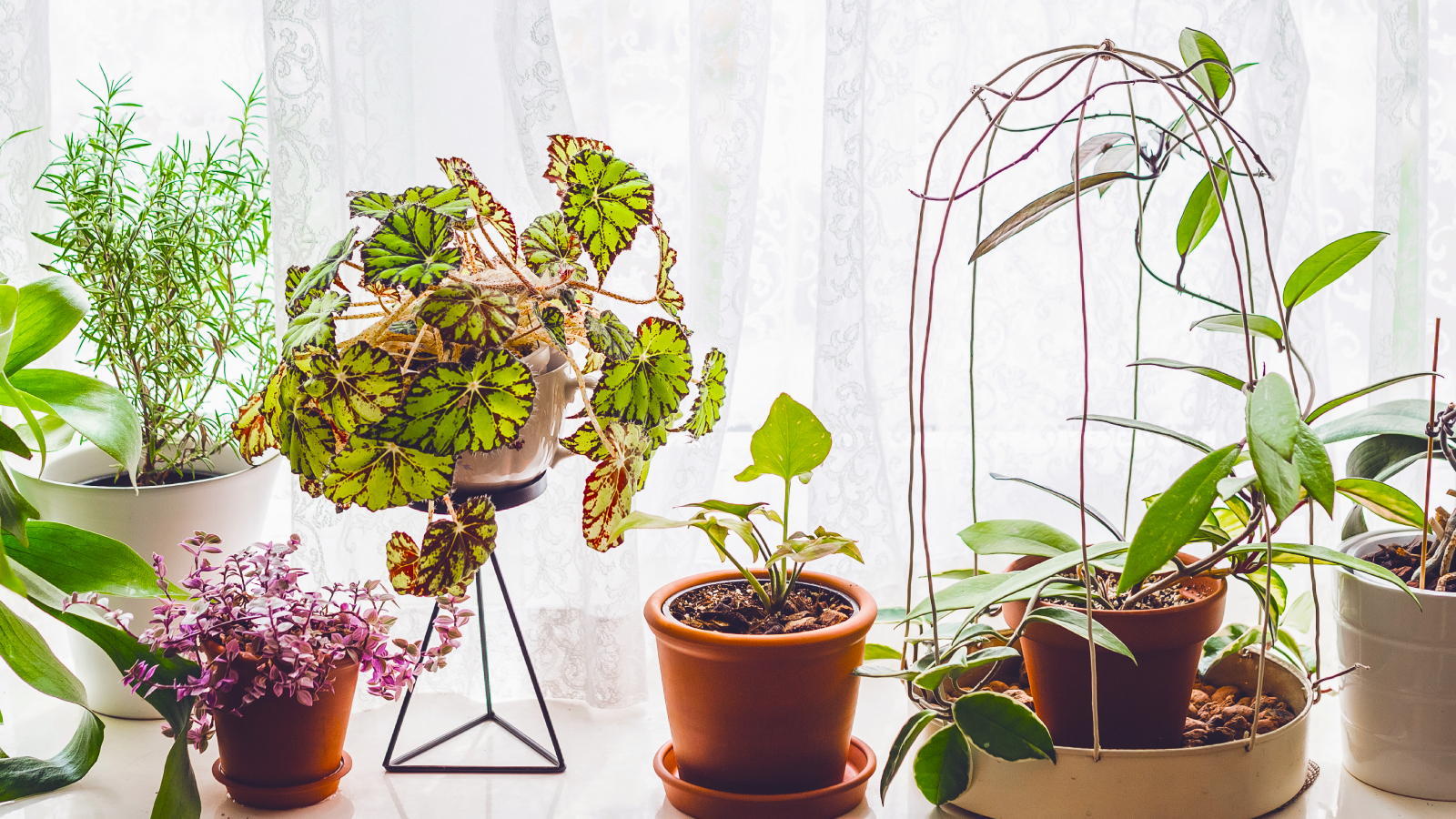
Life can be rough. Sometimes after a hard day I just need to spend some time with my besties: my plants. The cats are going to get jealous here, but the thing about plants is they don’t complain. My cats do, and quite loudly.
While I love my outdoor space, it is mostly for food plants. I don’t develop much of a relationship with my outside plants because they are here today and then gone in just a few months. I appreciate the purpose they serve but I’m not going to tell my tomatoes my troubles. However, the plants that have stuck it out with me indoors all year, they are truly special and have gotten me through some tough times.
I wanted to share some of my favorite emotional support plants that have given me comfort over the years, in the hopes that they may help some other green thumb who’s looking for a little boost of joy with the aid of some of the best plants for mental health.
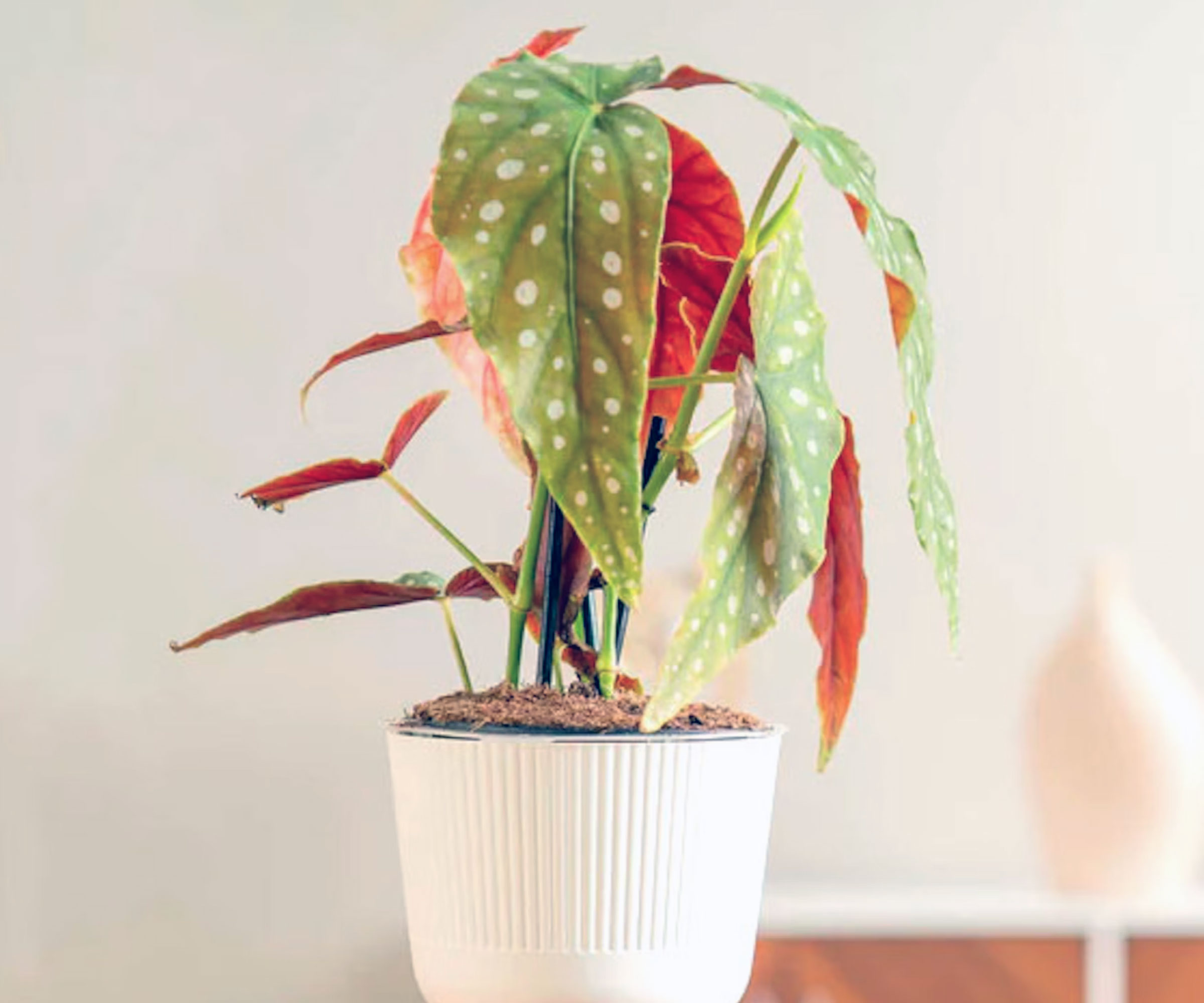
Find an emotional support plant of your own in the Gardening Know How Shop. Explore experts' favorite houseplants!
My Favorite Emotional Support Plants
The benefits of gardening for mental health are well-documented, but for me, there are a few plants that have really made an impact. I have my favorites, as all plant parents do. Some of my plants are decades old and have been through countless moves with me and personal incarnations.
Here are my most-cherished emotional support plants that have genuinely boosted my mental health and helped me through some difficult stages of life.
1. Hoya

The first emotional support plant on my list was a cutting from a plant my grandma had when she was alive. Everyone in my family has a cutting of her hoya, which blooms in late winter and perfumes the house. Mine is one of the younger specimens since I didn’t get a cutting at the time, but propagated the hoya only a few years ago.
This stunning plant is quite long and dangles appealingly over the bookcase. I remember as a child I thought the hoya flowers and the entire plant were fake. My grandma assured me they weren’t, but I remained suspicious. I mean, look at this gorgeous variegated variety from the Sill, it looks unreal!
Sign up for the Gardening Know How newsletter today and receive a free copy of our e-book "How to Grow Delicious Tomatoes".
As an adult, I learned this plant is Hoya carnosa, also known as porcelain flower or wax plant. These are quite appropriate common names and truly describe this wonderful hanging specimen. Anytime I look at my hoya plant, it cheers me and reminds me of my childhood and the traditions and the plants we pass along.
2. Norfolk Pine
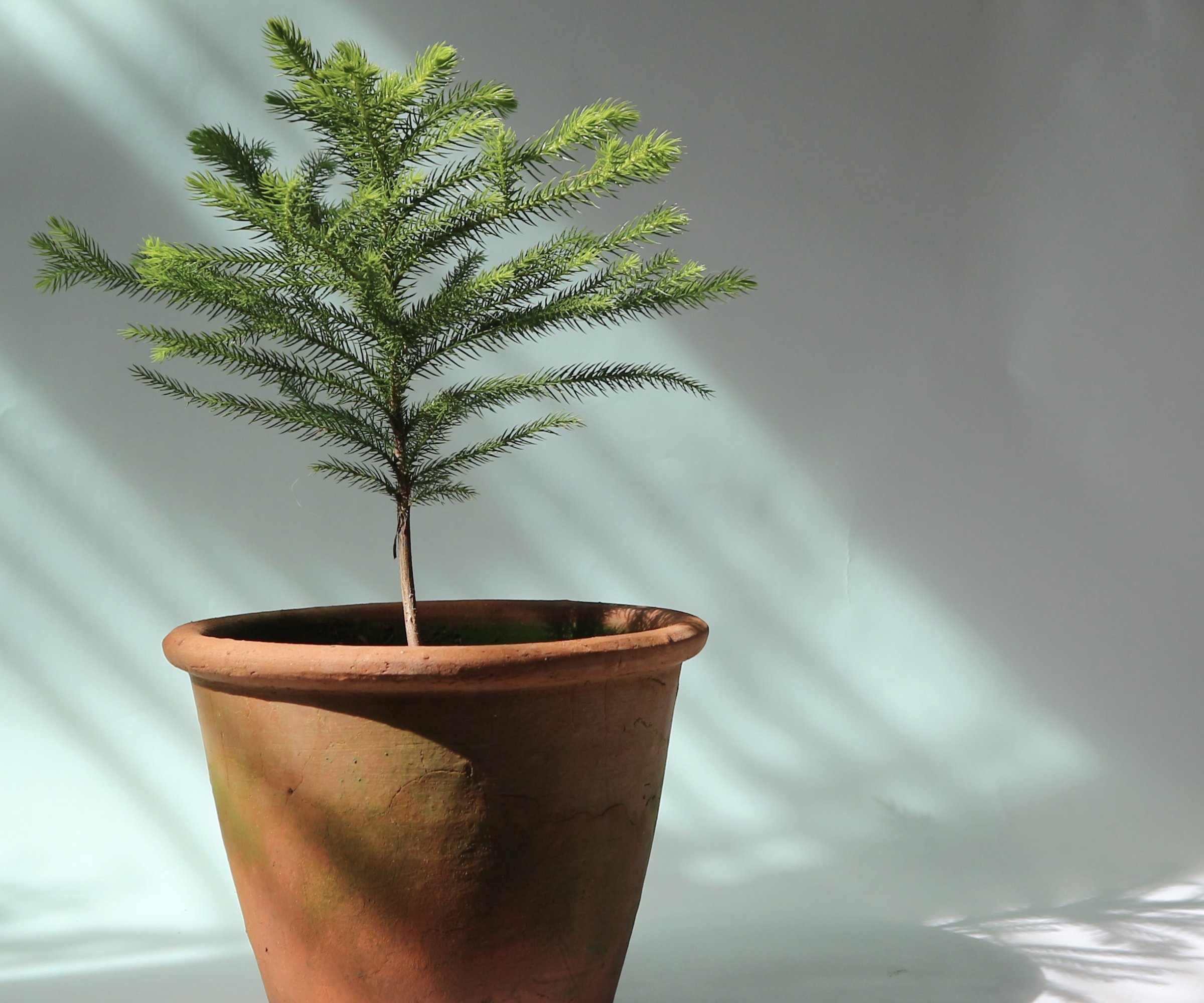
Another of my babies is my Norfolk Island pine. This poor child was found at a big box store at Christmas, covered in spray-on sparkles. As I cared for it, I noticed the stems with sparkles started to fall off. I think the stuff they sprayed on it was causing problems with my Norfolk Island pine, suffocating its needles and stems.
Over time and a lot of plant material loss, it started producing new stems and needles. What started out as a 1 foot ( 0.3 ) plant is now taller than I am. The pine has to be near a plant light at all times because it doesn’t fit where the windows are. But it seems happy and I am seeing new growth.
When the greenhouse is empty, this is one of the first plants inside and it rejoices in the real sunlight. This pine was purchased when my sister was very sick and things were quite grim. As I removed dead plant material and watched new growth appear, it was a promise of healing and renewal.
3. Christmas Cactus
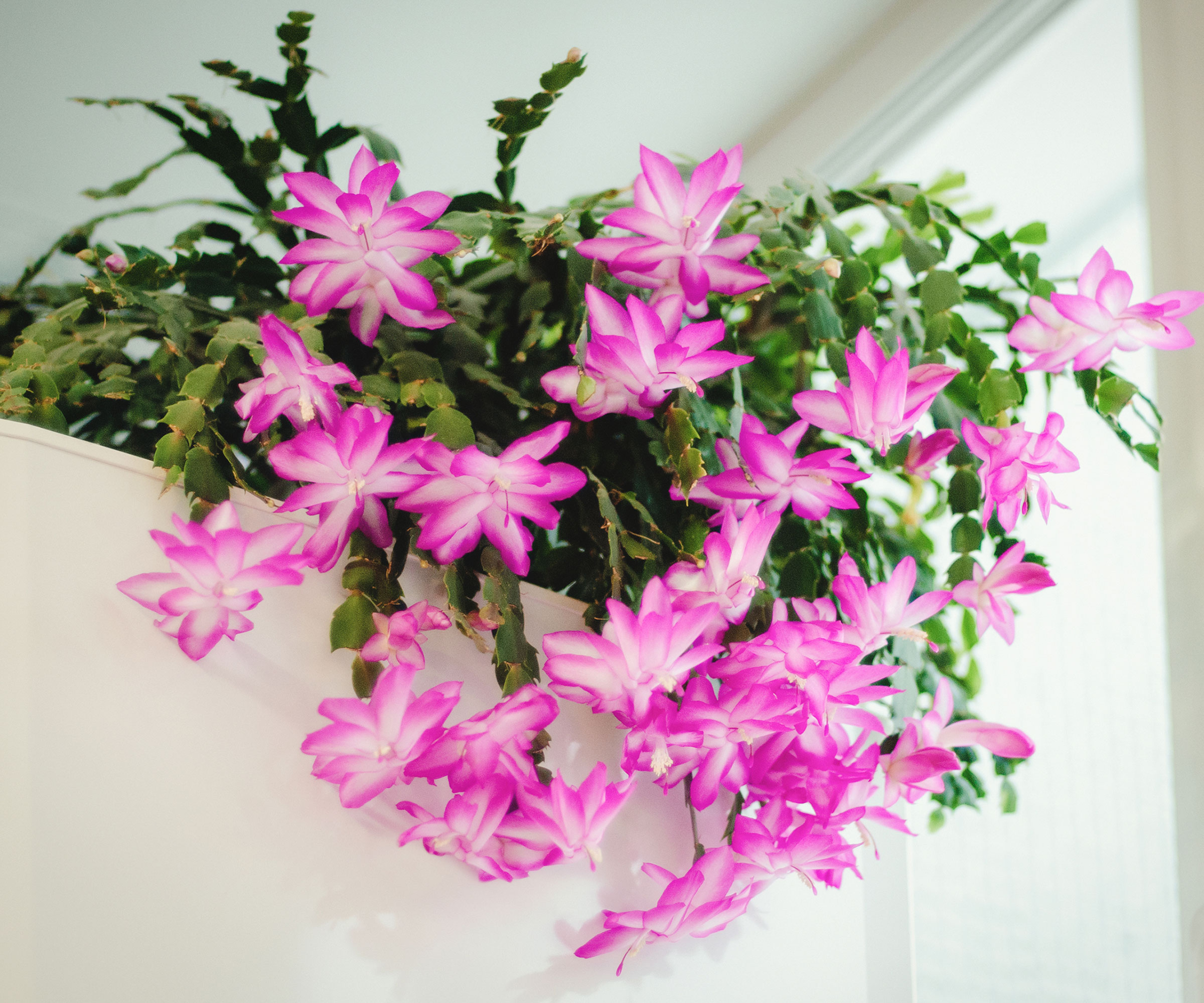
They say, old friends are the best. In my case, my twenty-year-old Christmas cactus is one of my oldest plant friends. The girl doesn’t know when to quit. This year, she started blooming in November and has bloomed five times since—almost once per month!
The cactus has its own plant light and is the only plant in my bedroom. It is located near my desk as I write this. In the last year, she has grown some very long jointed stems and I am wondering if I should finally repot her. Repotting Christmas cacti is not a common occurrence, as these plants like to be rootbound.
It is a true joy to see bright, tropical flowers when it is too cold to go outside. She is so easy to care for. I hardly have to do anything except water her, feed her once per year, and put her in the shower occasionally to wash the dust off the stems. This very low-maintenance plant friend has been with me through divorce and many other trials, offering comfort along the way.
4. Amaryllis
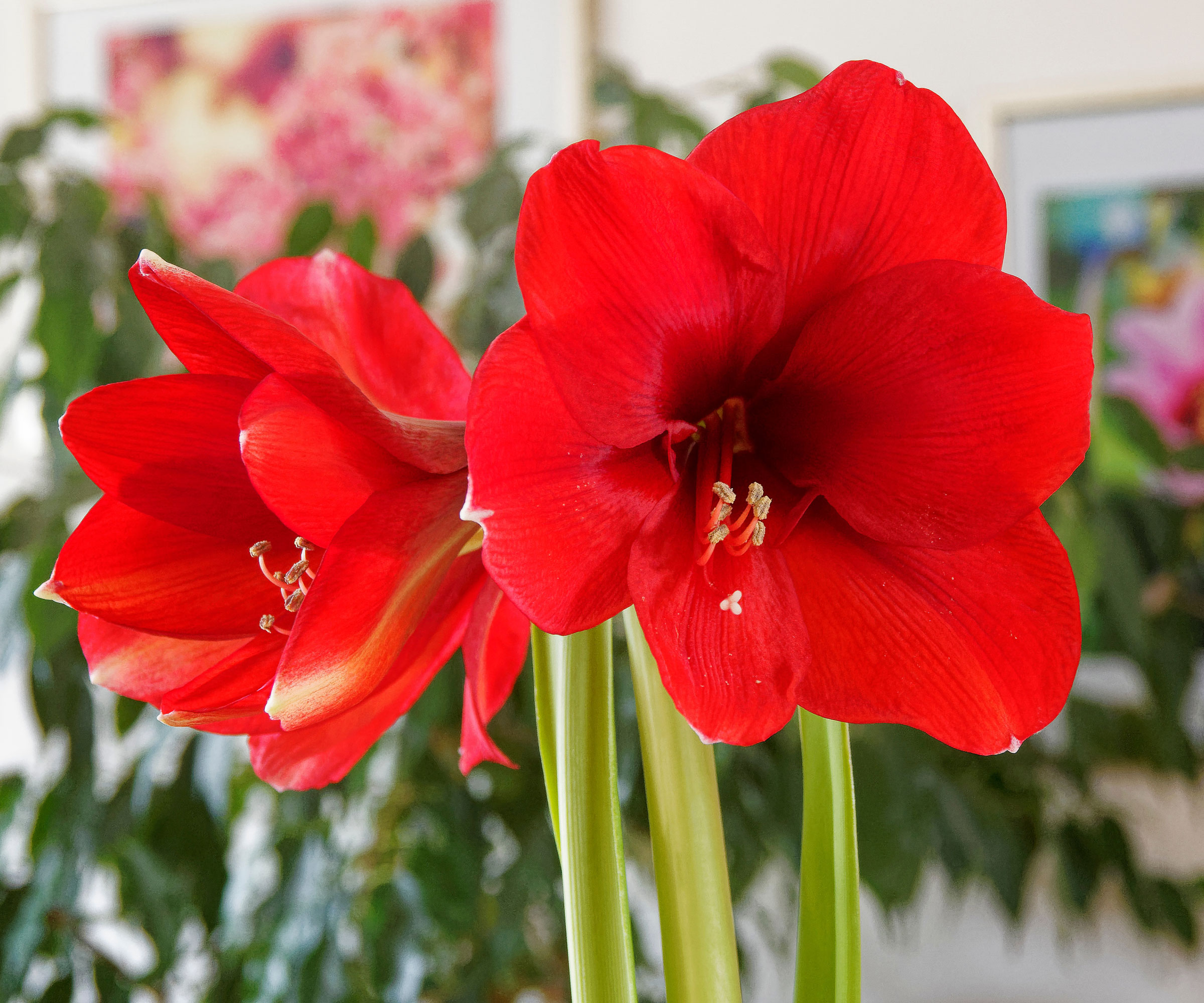
And finally my emotional support amaryllis. My trio of bulbs has been around for several years. I always fear they will stop blooming, but so far I am the luckiest plant mom in the world. I do not store the bulbs as some amaryllis growers do every winter.
I grow the plants year round, but do have to do some harsh punishment in September to October. Much of the year I simply water them when the soil feels dry and keep them near a window. As the growing season comes to a close, I have to get really rude with these plants. I store my amaryllis bulbs in an unheated attic and ignore them completely for three to four months. It must be very uncomfortable up there—so cold and their soil drying out.
By the time the foliage is yellow and beginning to dry, I bring the plants back to the land of the living. I cut off the dead leaves and begin a regular watering schedule. Within a month or less, I start to see the beginnings of the strappy leaves. And if all goes well, I have huge scarlet reblooming amaryllis flowers usually just as the joy of the holidays has faded.
While even the best plants aren’t emotional supports in the same way a best friend is, they are still a solace during troubled times. These plants are a constant in my life, a touchstone of what is important, and a reminder of the circle of life and the simplicity of nature. That is all very comforting—and the flower shows don’t hurt either!
This article features products available from third party vendors on the Gardening Know How Shop. Keep in mind that our plant inventory is limited—so if you’re thinking of purchasing, don’t wait!

Bonnie Grant is a professional landscaper with a Certification in Urban Gardening. She has been gardening and writing for 15 years. A former professional chef, she has a passion for edible landscaping.